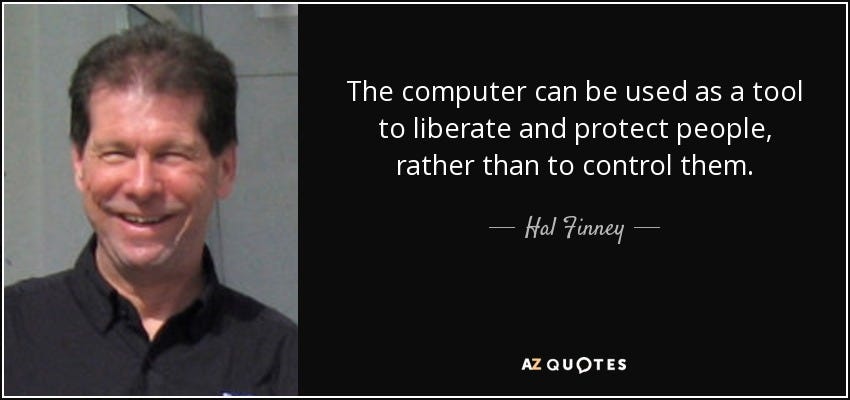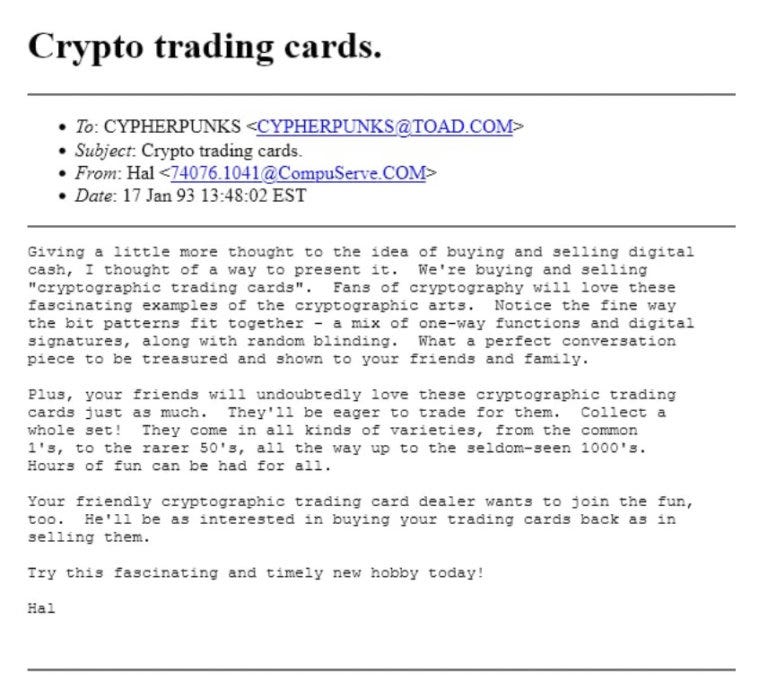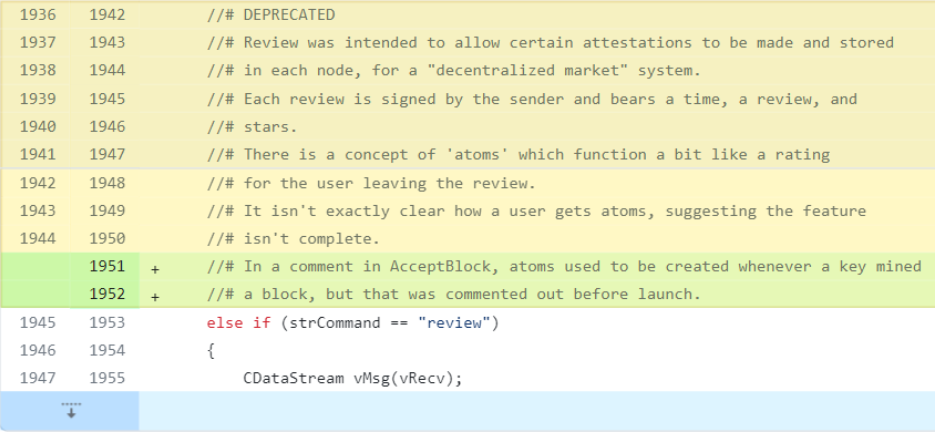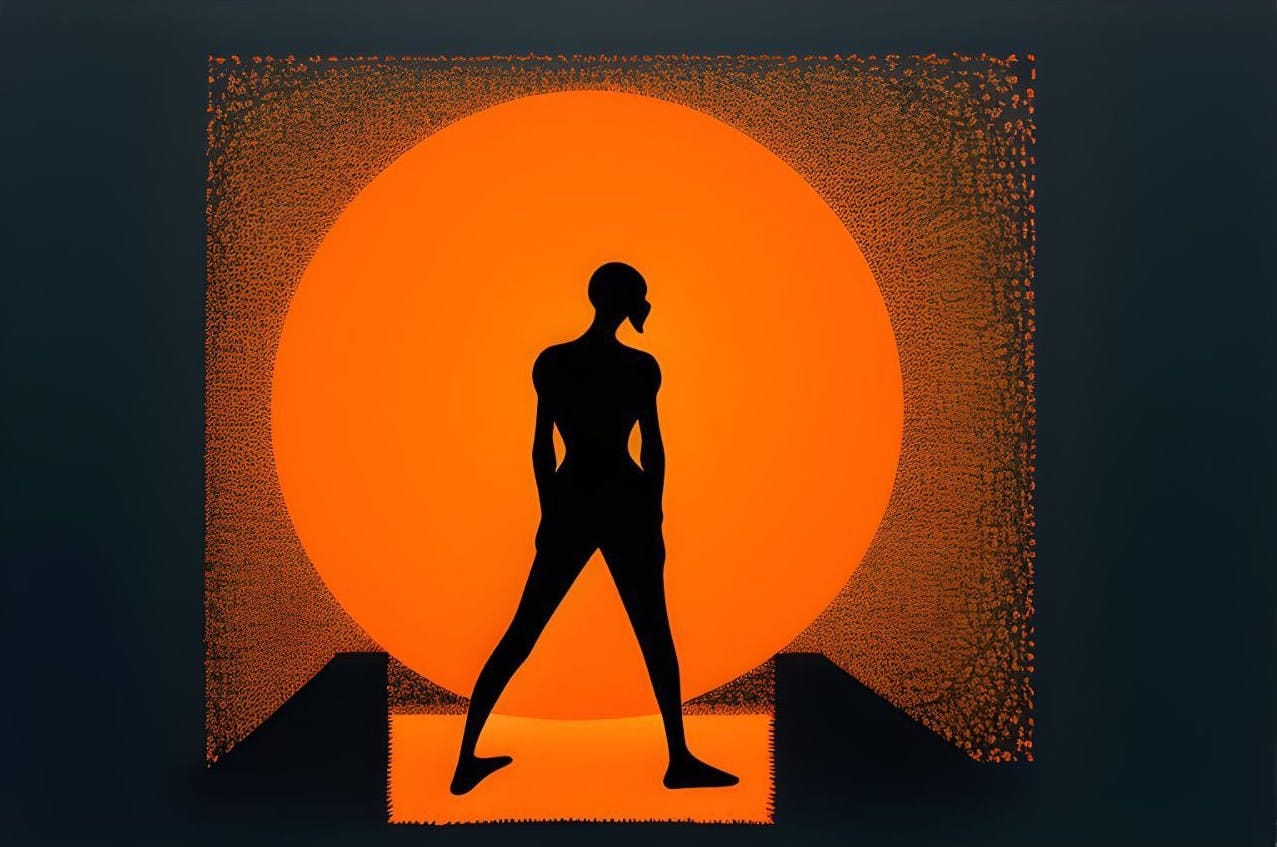Dear Bankless Nation,
Satoshi Nakamoto is, yes, the legendary pseudonymous creator of Bitcoin that disappeared many years ago.
So when an alleged Satoshi account “resurfaced” on social media last week with plans to explain elements of Bitcoin “not explicitly contained within the whitepaper,” many rolled their eyes. Others joked a scam NFT drop was incoming.
Of course, that same account has been linked to longtime unconvincing Satoshi-claimant Craig Wright, so nothing that comes out of it should be taken seriously. We can ignore its revisionisms.
But if we want to know what the real Satoshi thought and envisioned, we can just turn to their actual writings and the actual original Bitcoin codebase. And these show Satoshi did see a world for Bitcoin beyond pure payments.
Let’s break down what I mean here for today’s Metaversal!
-WMP
Would Satoshi Be Surprised By NFTs?

“Who was Satoshi” remains the biggest question in crypto.
Did an NSA operation create Bitcoin? A team of American and British cyberpunks? Wei Dai, the creator of b-money?
Of course, these days many people assume Satoshi was actually Hal Finney, a computer scientist and cryptography activist who famously created RPOW, a digital cash prototype, and later became the first fan of Bitcoin. In his own words from years back:
"When Satoshi announced the first release of the software, I grabbed it right away. I think I was the first person besides Satoshi to run bitcoin. I mined block 70-something, and I was the recipient of the first bitcoin transaction, when Satoshi sent ten coins to me as a test. I carried on an email conversation with Satoshi over the next few days, mostly me reporting bugs and him fixing them."
Were these convos pretend or for real? For his part Finney denied being Satoshi, and to this day we lack definitive proof of a connection there. In the least, what is clear is that the two seemed to have shared a special affinity with each other based around a similar vision of what Bitcoin could mean to the world.

To be sure, Satoshi and Finney were well ahead of the world here too. For his part, Finney was writing about NFT-like “collectible crypto cards” as early as 1993, and then a decade later he’d go on to create RPOW. He was ideally suited to recognize not only that Bitcoin’s arrival was a major advance, but also that Bitcoin could grow considerably and evolve over time.

There, Finney was totally right. And as for Satoshi, they did release Bitcoin as a network for decentralized peer-to-peer payments. Yet there are also clear indications they initially had wider considerations than just pure digital money.
Namely, the original Bitcoin codebase contained some unused features that hinted at potential future efforts or simply experiments by Satoshi that were never followed up. For example, lines 1573 through 1731 in the original code reference a series of functions related to the card game poker!
Furthermore, another portion of the original Bitcoin code is an incomplete snippet related to “atoms,” which appeared to be prepped as a user-rating system for an eBay-like marketplace built atop Bitcoin. These poker and marketplace features were never further built out, but they show Satoshi anticipated that Bitcoin could be something beyond just pure electronic cash.

With that in mind, consider here that Casey Rodarmor, who reinvented Bitcoin NFTs this year with his introduction of the Ordinals “inscriptions” system, has noted how he took inspiration for Ordinals from Satoshi’s original blueprints for atoms. Nice lineage, right?
That said, if Satoshi did suddenly reappear through a portal and examined Ordinals today, I hardly think they’d be surprised that Bitcoin was being experimented with in this way and other ways.
Indeed, at the very least they’d quickly grok that you could use an atoms-like system to do different things, so I think the “digital artifacts on Bitcoin” concept would not be alien to them. Especially not since Satoshi already created some of the earliest writings on crypto markets for tokenized domains, i.e. scarce onchain digital property.
Thus no, Satoshi didn’t directly forecast NFTs, or Ordinals, etc. per se. But I do think it’s totally fair to say that they — whoever they are or were — definitely anticipated blockchain activities beyond just sending BTC from one wallet to the next. Considering that anticipation came during the primordial times of our space, that instinct that early on is really impressive.

So here, then, we arrive back at the beginning. This newly “reappeared” fake Satoshi account could prove they’re not peddling nonsense by signing a transaction from an early Satoshi wallet, but they won’t because they can’t.
Instead, we’re left with what we had before, the real Satoshi’s archived writings and their actual original code that we can always refer back to. These reveal Satoshi did dream of Bitcoin potentially growing much bigger and potentially leading to a wider ecosystem of applications. That’s all we know about Satoshi here for now, and bless ‘em, because it was enough to pass the torch to us today.
Anything beyond that though? Just speculation, or worse, a scam.